Quality control procedures of boutique coffee beans. What are the procedures for the trade of boutique coffee raw beans?
Professional coffee knowledge exchange more coffee bean information please follow the coffee workshop (Wechat official account cafe_style)
Boutique coffee is the result of the refinement of coffee, a classic commodity that represents globalization, and this has two aspects:
First, with the end of the Cold War in the 1990s and the birth of the newly rich class from emerging markets, the geographical expansion of the coffee market has reached another peak; the other is the process of refinement and fragmentation of the coffee market.
Coffee, like other consumer products, will always have products at different prices for consumers in different market positions. The result of refinement is the boutique coffee (specialty coffee) that we are now familiar with.
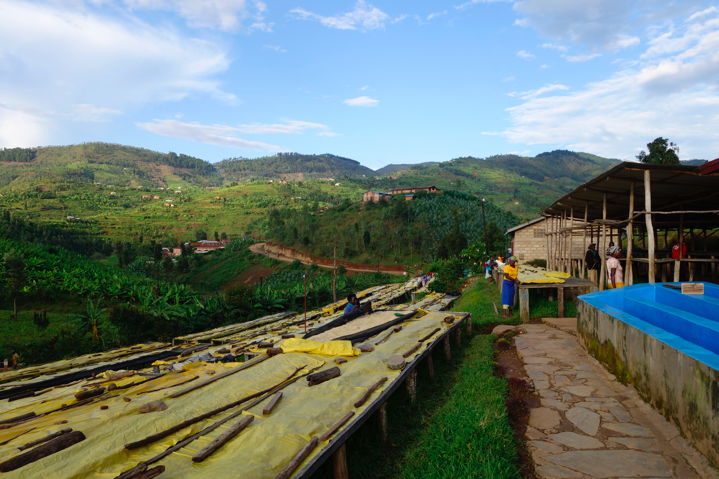
Quality control procedure of boutique coffee beans
A single batch of coffee beans will go through four quality control procedures before they will become the coffee in the hands of ordinary consumers. This will go through the recommended sample (Offer sample), the shipping sample (Pre-shipment sample), the arrival sample (Arrival sample) and the final quality control sample (Quality claim). Coffee, like other agricultural products, varies with climate, storage environment, and other factors, so it takes so many procedures to record and control each batch of fine coffee.
Then the editor will give a detailed explanation for each procedure.
1. Recommended sample (Offer sample)
Usually, like some well-known raw bean merchants, they rely on local exporters or local offices to decide which beans to buy during the harvest season. For example, the local person in charge of the country of origin is hired to collect and classify the samples of each production season, record the launching activity and moisture content, and send them to the laboratories in other places. after the colleague cup test in the laboratory, they will decide which beans to buy in that year, and become the items to be sold to the outside world later. This is the recommended purchase sample.
Another way is that a professional purchasing team will visit the production season of each origin, and visit local processing plants with local exporters (for example, Dormans in Kenya is a very well-known exporter of Kenyan boutique coffee) to decide which beans to buy after the local cup test, which may be decided at the moment of the cup test, or after collecting recommended samples and returning to the office.
Every November, for example, major raw bean traders go to Colombia to decide which beans to buy for this year's harvest. Because the harvest in Colombia happens to be at the end of the year, the first thing to do when flying to a local farm is to know the harvest of the year, the most important thing is to determine the performance of the coffee in the current season by cup test. The performance of the cup test will affect the price that farmers can expect to receive, and it will also affect the price sold later. Raw bean merchants also sell the brand recognition established by their respective teams based on flavor evaluation. As well as an open and transparent price structure, after deciding which beans to buy, a considerable number of quality control procedures must be completed before they can become raw beans shipped to baking shops.
These processes can be said to be the starting point of which items will be promoted by the major raw bean traders in the future. In particular, it is important to mention that many samples at this stage are still in the stage of dehydration, so it will take some time before the dehydration and drying is completed and can be bagged and exported.
two。 Shipping sample (Pre-shipment sample)
After deciding which beans to buy, usually cooperate with the local exporter, the exporter will be responsible for the logistics and communication of the place of origin, and so on, the exporter will handle the collection and bagging procedures, and there will be a quality control procedure before sending it to the container ship, commonly known as pre-shipment sample testing Pre-shipment Sample.
The purpose of this procedure is to ensure that the cup test decided to buy is of the same quality as the raw bean before shipment, and the local exporter will send the sample to a laboratory elsewhere, record the water activity and water content ratio and test the cup. If there are no major defects, the exporter will send it to the warehouse in the United Kingdom or the United States. The process in between, plus shipping and delays, is likely to take more than a month.
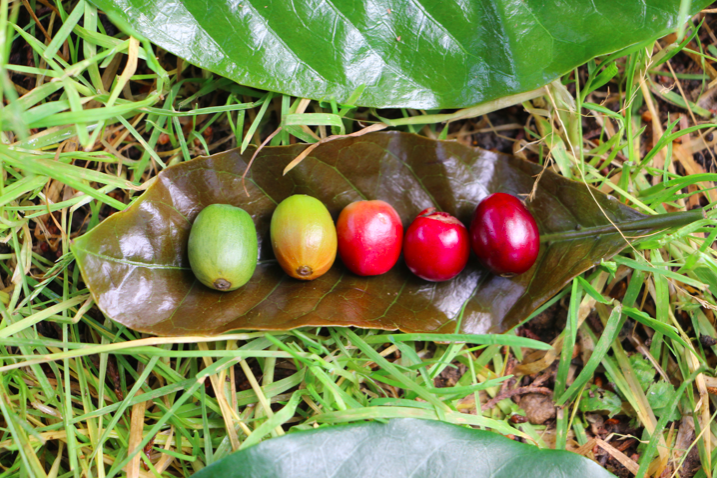
3. Arrival sample (Arrival sample)
Only with such intensive quality control can the quality received by baked beans be guaranteed. Frankly speaking, the change in the flavor of coffee will not be regarded as a defect, because it is the inevitable nature of agricultural products, unless there are things like mildew, blackening and phenolic taste.
Since the purchasing team of raw bean traders decided which one to buy in the place of origin, the interaction with baked bean shops also began. Many baked bean shops may have a romantic imagination of going to the place of origin to place orders to buy raw beans. But the problem is that the export regulations of agricultural products in many countries are quite complex, and international shipping logistics is still an industry full of many uncertain factors, and shipping delays often occur. If a whole container of raw beans is delayed for three weeks, this risk is difficult for many single baking shops to bear, and the services of raw bean traders also help to share the logistics risks.
Coffee cup testing is the quality control procedure and standard that the boutique coffee industry depends on. Photo provided by: author
4. Quality control sample (Quality claim)
From the beginning of the delivery of samples, raw bean merchants will start to contact various stores to send samples of raw or cooked beans from the current season to introduce and promote the items on hand. At the stage of shipping samples, raw beans are still sailing on container ships to warehouses at different destinations. Delays or accidents often lead to a decline in the quality of raw beans, so the first thing raw bean merchants do when they arrive in Hong Kong is to test the arrival samples to make sure that the quality of raw beans has not been affected during the whole shipping process. after confirmation, the goods will be delivered to the intended store. After receiving the raw beans, the store usually writes to the raw bean merchants to discuss how to bake the raw beans.
Of course, there have been accidents when sending raw beans, and the environment in which customers store raw beans is too humid, resulting in mildew of raw beans. The procedure of quality control samples only happens when the customer is not satisfied with the quality of the raw beans received, but in any case, this is a very important part of the raw bean merchants to ensure the quality of raw beans.
To sum up, boutique coffee is a product that emphasizes the taste performance of the product. in other words, relying on the taste ability of the bean-seeking teams of various raw bean trading enterprises to evaluate the quality of each batch of coffee is the core standard of the industry. especially now fine farming and processing is no longer a very difficult condition, most of the raw beans around the world will be pretty good in appearance defects. Therefore, each cup test and flavor description is a very important quality control process.
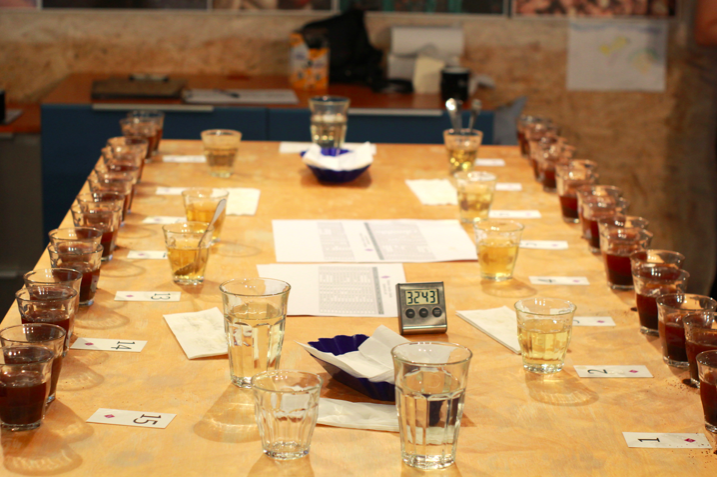
Cup test: Coffee Cupping is a way for professional coffee makers to taste coffee beans. Baristas need to judge the taste of coffee from many aspects, such as aroma (Aroma), acidity (Acidity), Aftertaste and so on. It is a necessary process to evaluate different coffee, and it is also a good way to preliminarily understand the flavor performance of a coffee.
END
Important Notice :
前街咖啡 FrontStreet Coffee has moved to new addredd:
FrontStreet Coffee Address: 315,Donghua East Road,GuangZhou
Tel:020 38364473
- Prev
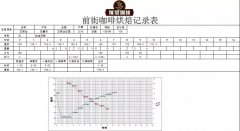
The effect of Mena reaction time on Coffee A suitable baking method for Alida in Panama
Professional coffee knowledge exchange more coffee bean information Please follow the coffee workshop (Wechat official account cafe_style) We all know that there are two major reactions in the roasting process of coffee beans: the Mena reaction and the caramel reaction. The Mena reaction can be said to be the most complex reaction in the coffee roasting process, and it is also one of the most important reactions to produce a variety of coffee flavors. In this.
- Next
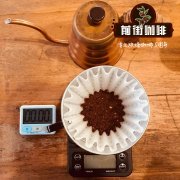
How do you grade Kenyan coffee? Description of Kenyan Coffee Flavor
For information, please follow the coffee workshop (Wechat official account cafe_style) Kenya (Kenya) is located in eastern Africa, adjacent to Ethiopia, the source of coffee. Despite the fertile soil, coffee was first grown in the country when Bourbon (also known as French mission) was introduced from Brazil in 1893 to commemorate the introduction of French missionaries; it is like the story of walking to the left and to the right
Related
- Detailed explanation of Jadeite planting Land in Panamanian Jadeite Manor introduction to the grading system of Jadeite competitive bidding, Red bid, Green bid and Rose Summer
- Story of Coffee planting in Brenka region of Costa Rica Stonehenge Manor anaerobic heavy honey treatment of flavor mouth
- What's on the barrel of Blue Mountain Coffee beans?
- Can American coffee also pull flowers? How to use hot American style to pull out a good-looking pattern?
- Can you make a cold extract with coffee beans? What is the right proportion for cold-extracted coffee formula?
- Indonesian PWN Gold Mandrine Coffee Origin Features Flavor How to Chong? Mandolin coffee is American.
- A brief introduction to the flavor characteristics of Brazilian yellow bourbon coffee beans
- What is the effect of different water quality on the flavor of cold-extracted coffee? What kind of water is best for brewing coffee?
- Why do you think of Rose Summer whenever you mention Panamanian coffee?
- Introduction to the characteristics of authentic blue mountain coffee bean producing areas? What is the CIB Coffee Authority in Jamaica?

